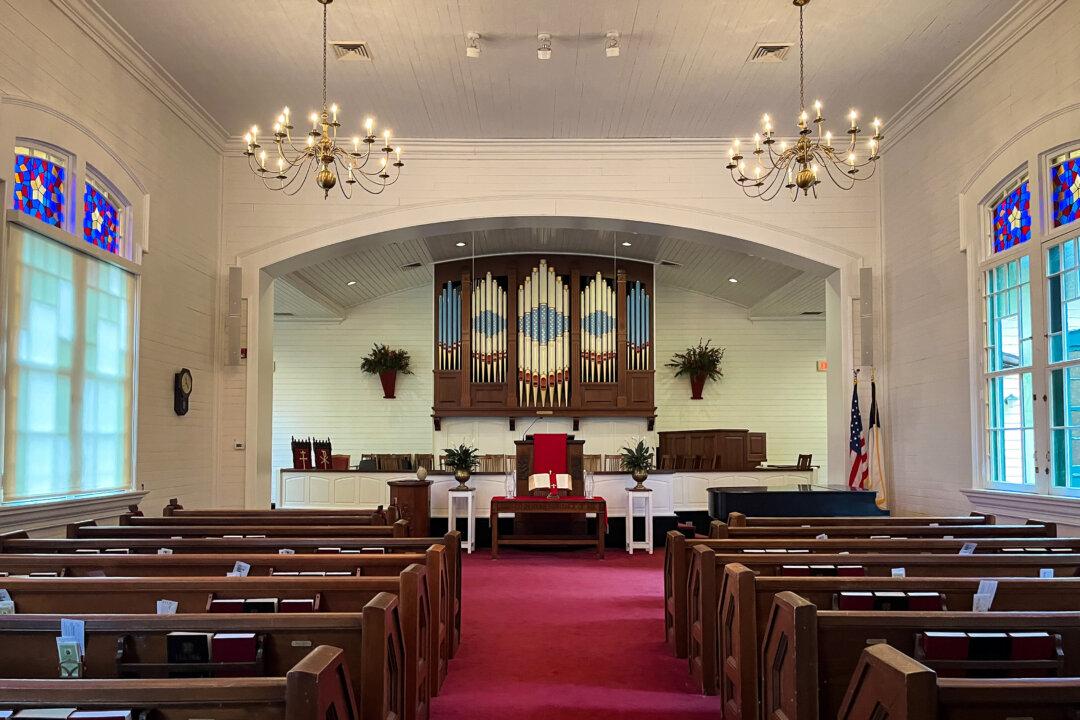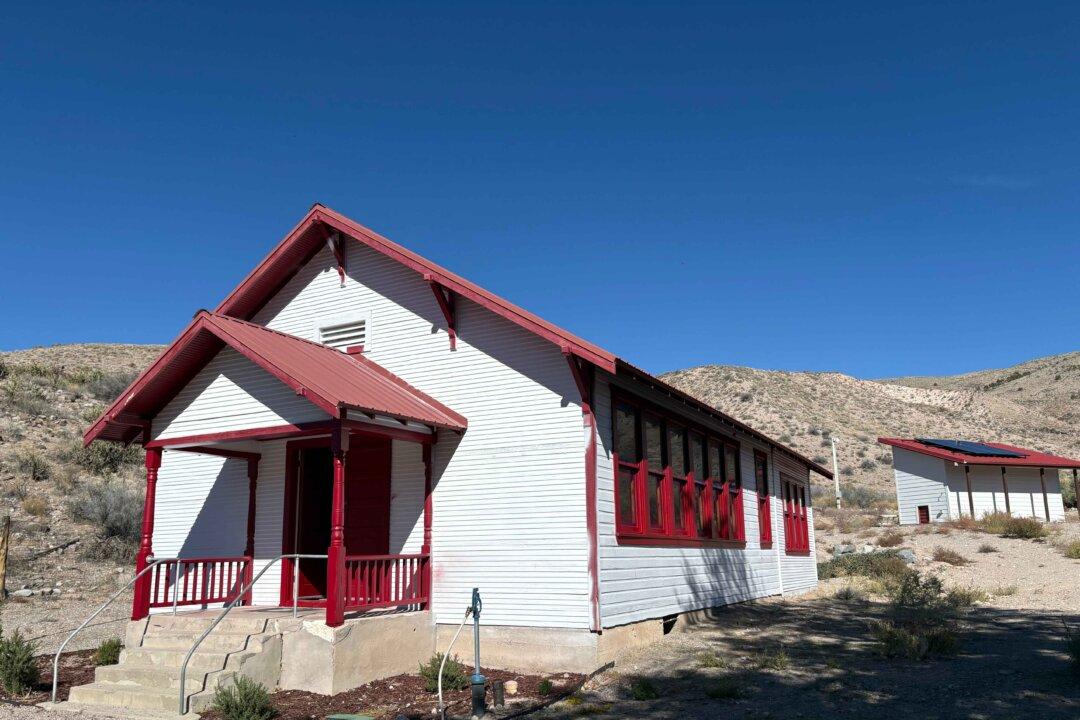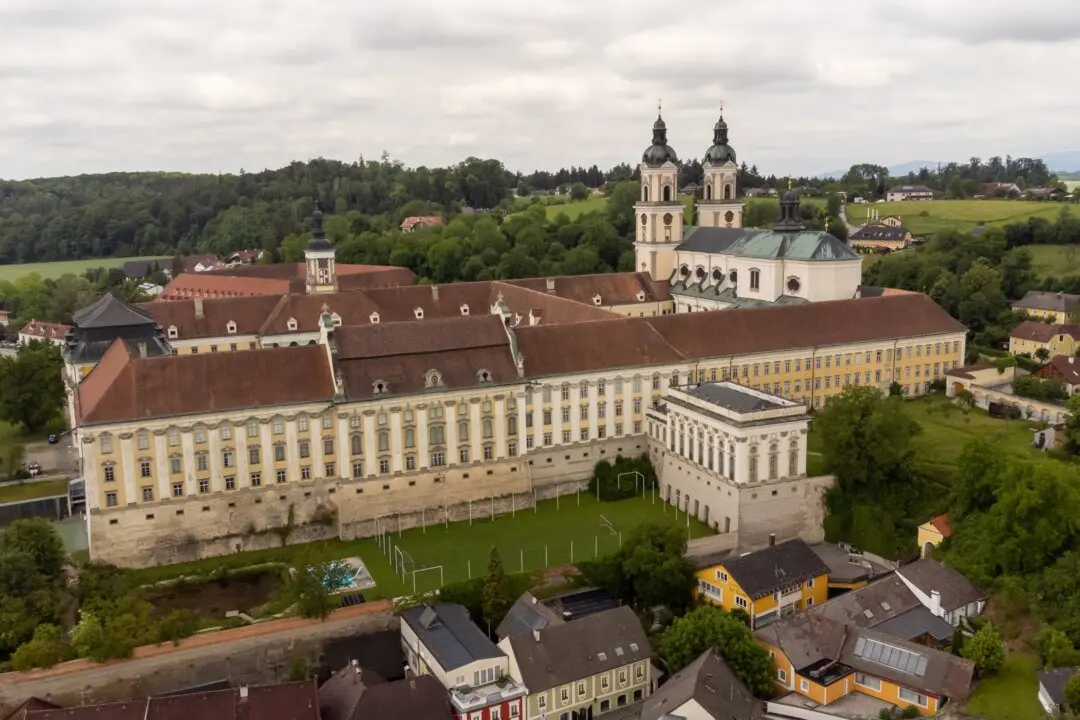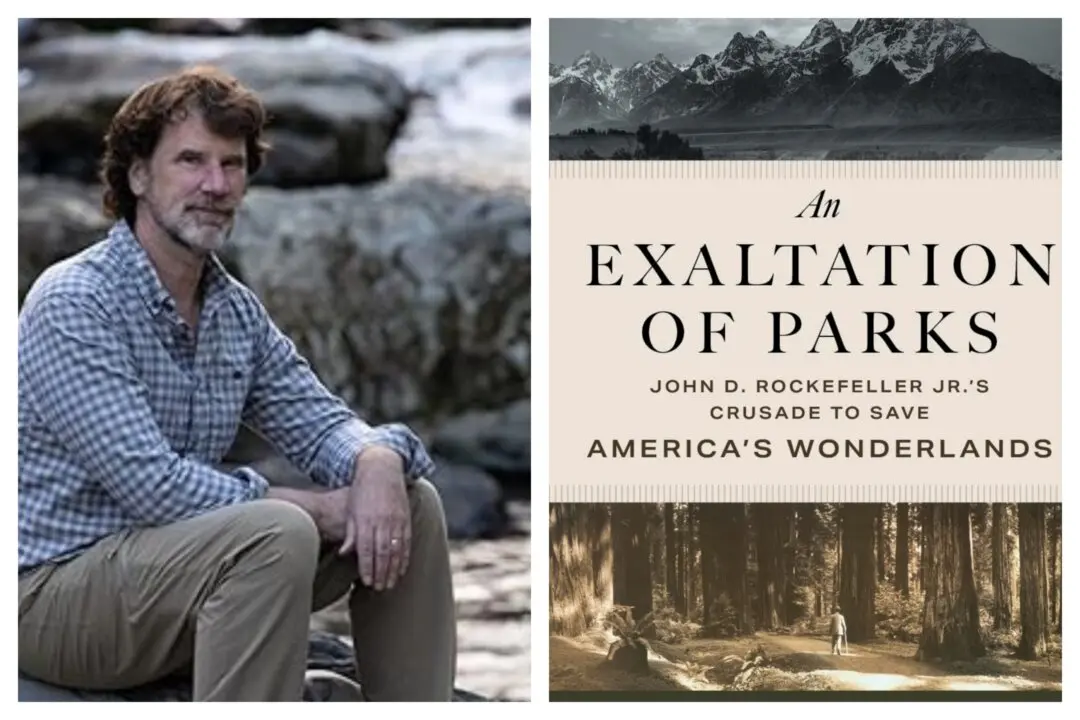There are a few ways to get to the tiny town of Highlands, North Carolina, and none of them are easy. Each road—whether up from the lowlands of South Carolina or Georgia or from the mountains of Western North Carolina—is fraught with innumerable sharp curves. Sheer cliffs, grand vistas, and mighty waterfalls distinguish spots along each route as well.
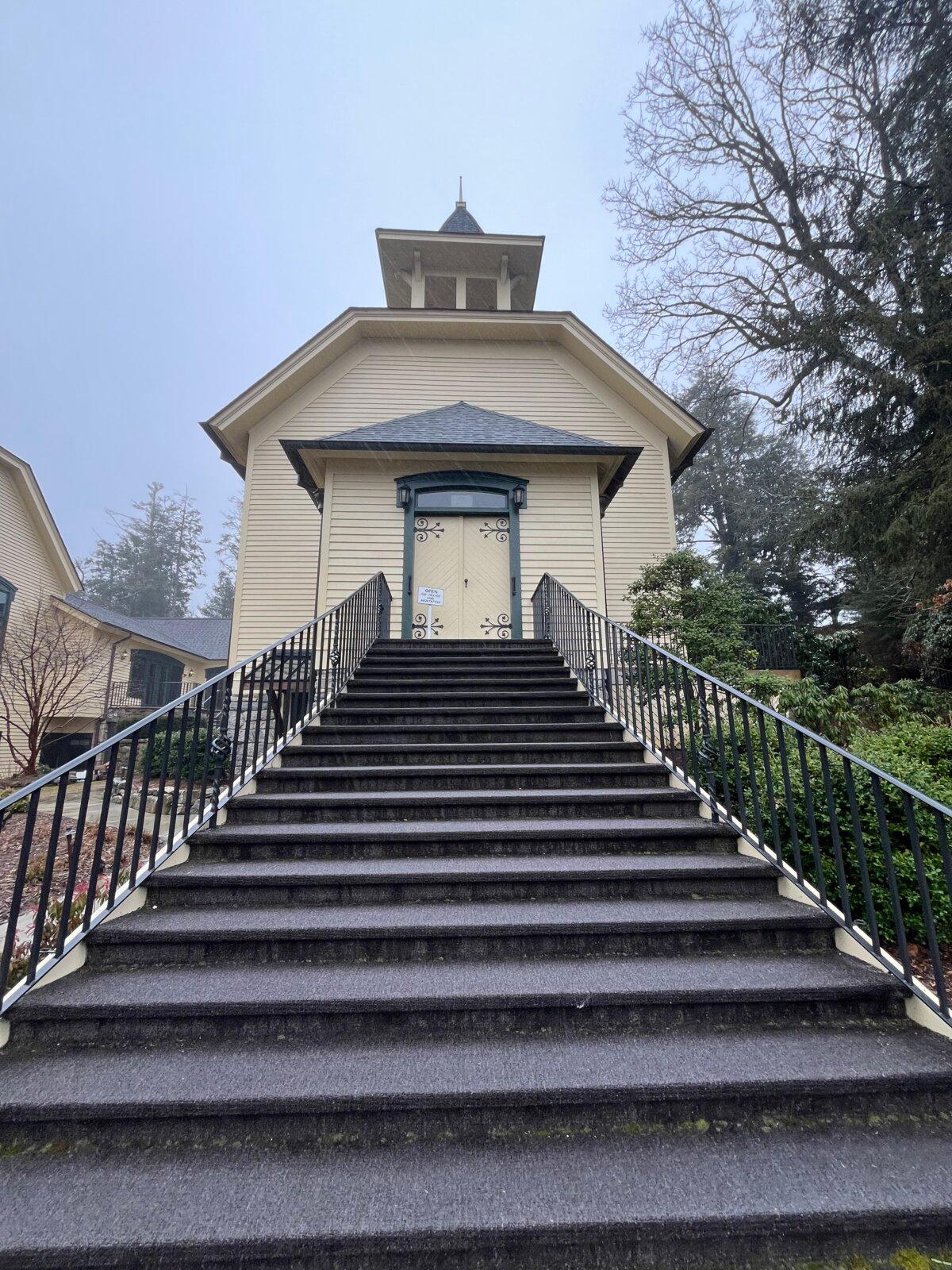
An exterior view of First Presbyterian Church of Highlands, N.C. Courtesy of Deena Bouknight

